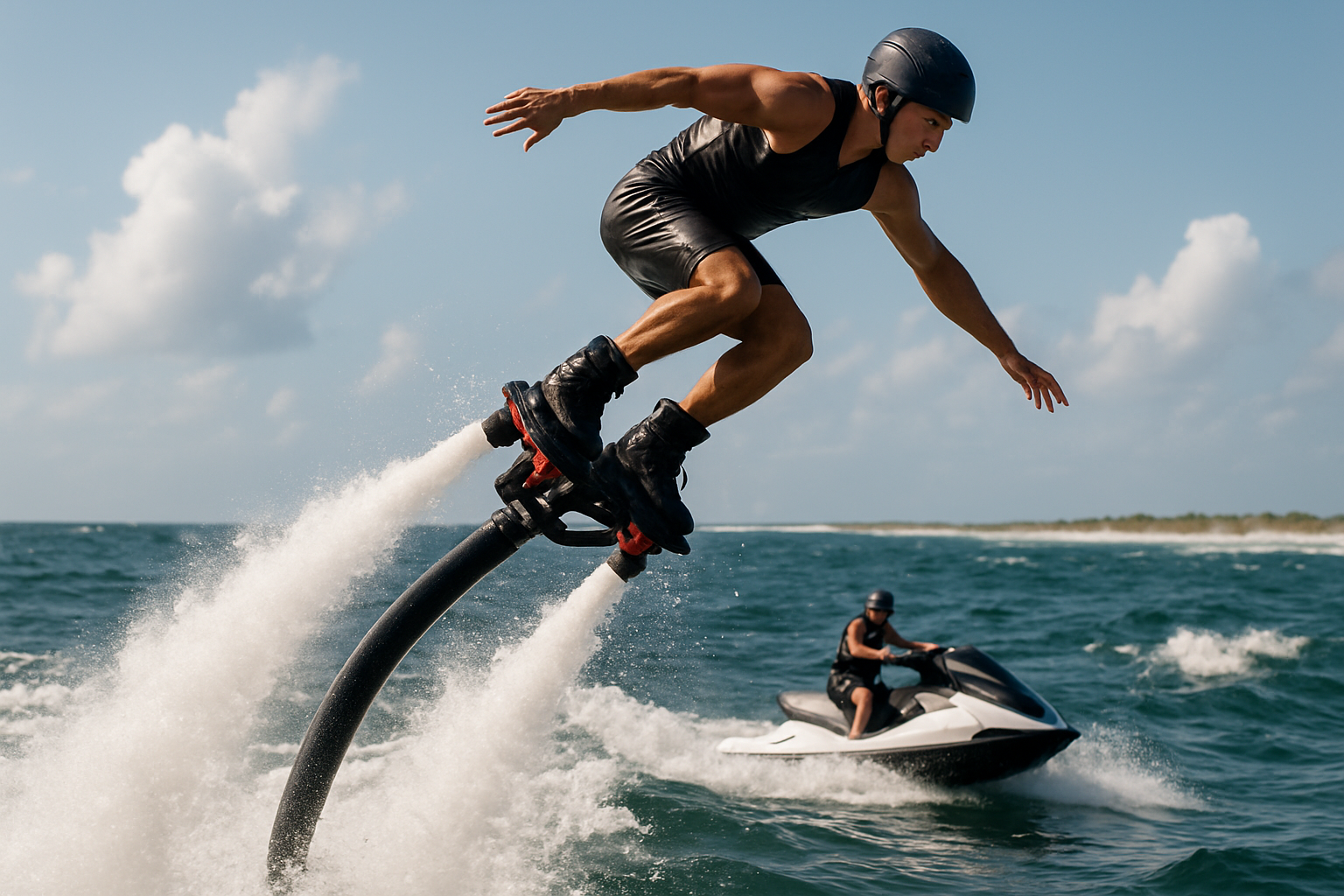Jet Ski Basics: Operation, Safety, and Maintenance
A jet ski is a compact, recreational watercraft designed for one to three riders that uses a jet-propulsion engine to move across water. Often used for leisure, tours, and light towing, it differs from conventional boats in form and handling. Understanding how it works, basic safety, and upkeep helps owners and riders get more reliable, enjoyable time on the water.

What is a jet ski and how does it work?
A jet ski is a type of personal watercraft (PWC) built for riding on the surface of lakes, rivers, and coastal waters. Unlike displacement hull boats, jet skis use an intake to draw water into a pump-jet assembly, which pressurizes and ejects water to create thrust. Steering is achieved by redirecting that expelled water through a nozzle, rather than by a rudder. Common configurations include stand-up and sit-down models; sit-down units are more common for recreational use and can carry passengers. Because of their size and agility, jet skis are popular for short-distance recreation, tow sports like wakeboarding, and patrolling in some professional settings.
How does the engine power a jet ski or boat?
Jet skis are powered by internal combustion engines—two-stroke or four-stroke—paired with a jet pump. The engine drives an impeller inside the pump housing; as the impeller spins, it accelerates water through a narrowing channel and out the nozzle, producing forward thrust. Larger boats often use propeller-driven systems or sterndrives rather than jet pumps; both rely on engines but have different efficiency and handling characteristics. Four-stroke engines in modern jet skis tend to be quieter and more fuel efficient than older two-stroke designs, and they produce fewer emissions. Regular engine checks, oil changes, and fuel-system maintenance are important for reliable performance and safety.
Where and when is it safe to ride on the water?
Safe operation depends on local regulations, weather, and water conditions. Most jurisdictions have age limits, required safety gear like life jackets, and rules about speed and distance from swimmers, anchored boats, and shorelines. Visibility, wave height, wind, and current all influence whether conditions are suitable; choppy or foggy conditions increase risk for smaller watercraft. Riding during daylight hours and following marked channels reduces collision risk. Before heading out, check marine forecasts, ensure all required registration and documentation are on board, and carry basic safety gear—life jackets for every rider, a whistle or horn, and an engine cut-off lanyard that stops the engine if the operator falls off.
How does a jet ski differ from other small boats?
Compared with small boats, jet skis are lighter, more maneuverable, and typically intended for short excursions and sport use. Boats with hulls displace water to float and often offer greater cargo capacity, storage, and stability in rougher seas. Jet skis excel in shallow or complex waterways because they lack exposed propellers, reducing risk of entanglement and damage. However, boats generally provide better protection from weather and more steady platforms for fishing, diving, or extended cruising. Insurance, licensing requirements, and trailering needs can differ between jet skis and boats, so prospective buyers and renters should compare intended use, passenger needs, and local regulations when choosing between them.
Maintenance and common repairs for your watercraft engine
Routine maintenance prolongs engine life and performance. For jet ski engines, common tasks include checking and replacing engine oil and filter on four-stroke models, inspecting and flushing the cooling system after saltwater use, and replacing fuel filters and spark plugs as recommended. Check the jet pump intake and impeller for debris and damage; even small dents or bent fins can reduce efficiency and affect handling. Seasonal storage requires fuel stabilizer, fogging the engine if applicable, and keeping batteries charged or removed. For repairs beyond basic service—such as reconditioning an impeller, repairing fuel-injection systems, or addressing seawater corrosion—seek a qualified marine technician or authorized service center. Keeping a maintenance log helps with troubleshooting and preserves resale value.
Conclusion
A jet ski is a distinctive form of watercraft that offers agile, engine-driven recreation distinct from traditional boats. Knowing how the jet propulsion system works, observing water safety and local rules, and maintaining the engine and pump will improve reliability and enjoyment. Riders should balance the convenience and excitement of a jet ski with attention to proper care and responsible operation on shared waterways.





